Egyptian Mythology
-
Glencairn Museum houses a substantial collection of ancient Egyptian artifacts, including a significant number of magical amulets dedicated to the goddess Taweret, who is depicted as a hippo. Taweret, whose name translates to “The Great [Female] One,” served as a crucial protector for women during pregnancy and childbirth. Her formidable appearance, merging traits from the…
-
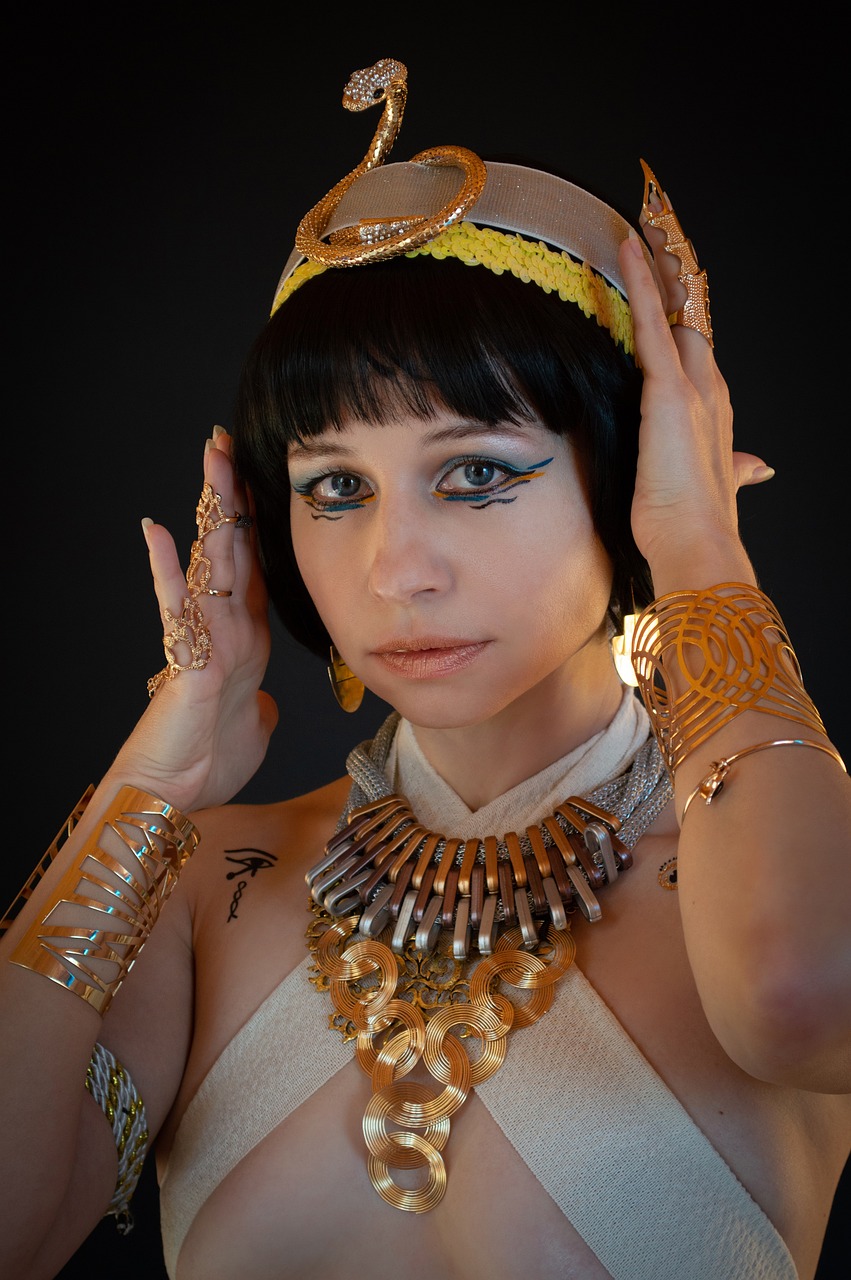
Overview of Ancient Egyptian Religion Ancient Egyptian religion embodies the indigenous beliefs that prevailed in Egypt from its earliest days in the 4th millennium BCE until the drop of traditional practices in the early centuries CE. The correlation of religious beliefs and practices with the societal structure during its historical development—especially from around 3000 BCE—was…
-
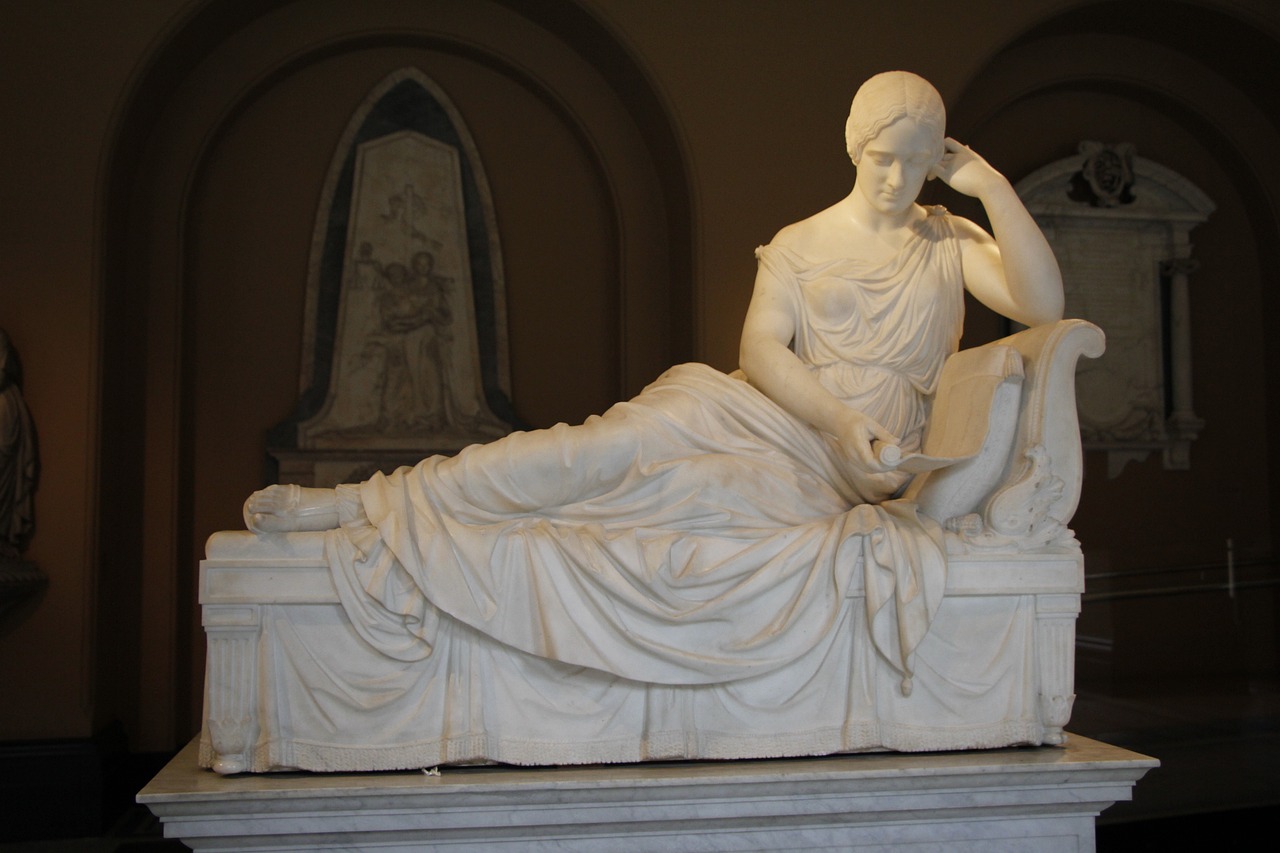
Renenutet, also known as Renenet or Ernutet, was a formidable deity revered in ancient Egyptian culture as the embodiment of nature’s bounty. Frequently referred to as the “Lady of Fertile Fields” and the “Lady of Granaries,” she was also recognized as a Cobra Goddess, dubbed the “Nourishing Snake,” symbolizing sustenance and harvest. Artistic representations of…
-
Neith: The Creator Goddess of Ancient Egypt We are excited to announce that expert Egyptologist, Dr. Edward Scrivens, from The Egypt Exploration Society, will be joining us for our enchanting 14-day journey titled “Queens and Goddesses of Ancient Egypt.” This tour will examine the legacies of influential women in ancient Egyptian culture and power. Dr.…
-
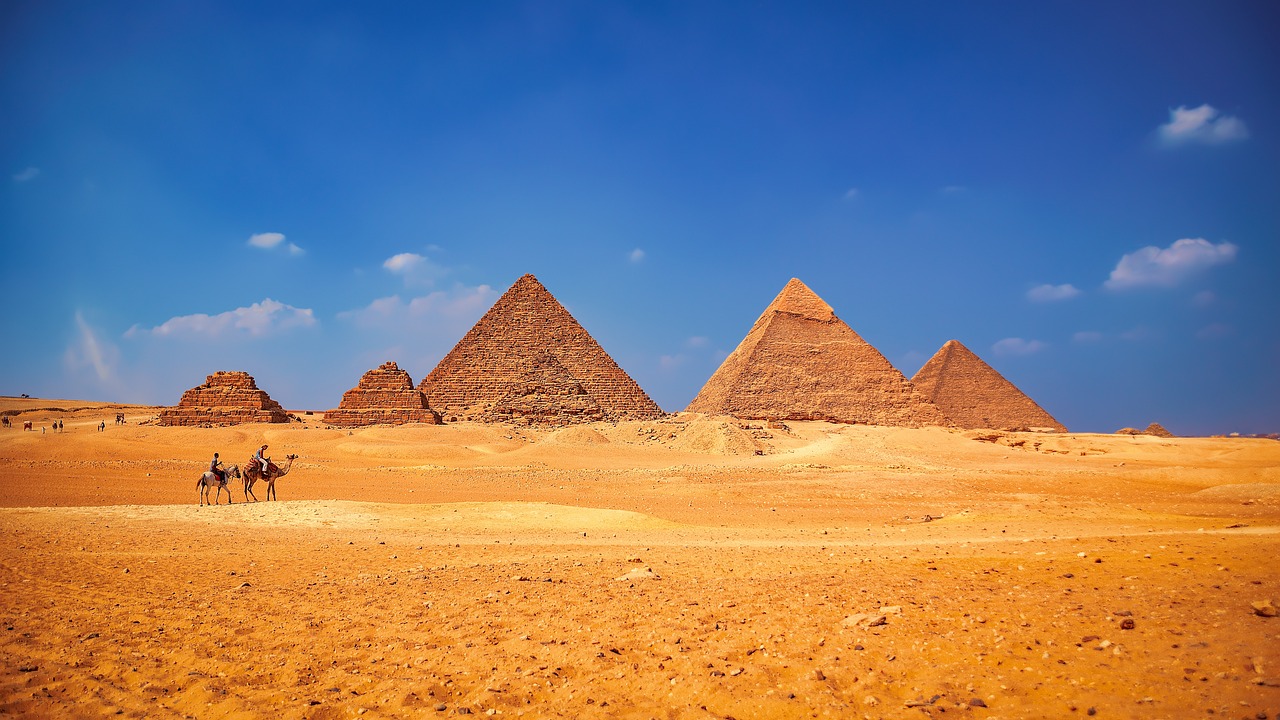
Horus, a prominent deity in ancient Egyptian belief, is depicted as a falcon, with his right eye symbolizing the sun or morning star—indicative of strength and essence—and his left eye representing the moon or evening star, signifying healing. The veneration of Horus can be traced back to the late predynastic era and was prevalent throughout…
-
Tefnut: The Goddess of Water and Moisture in Egyptian Mythology Overview In the realm of Egyptian mythology, Tefnut stands out as the goddess associated with water, humidity, and sustenance. Often recognized alongside concepts of dryness and the sun, she is recognized as both a creative force and a nurturing presence, revered as the mother of…
-
Meretseger: Guardian of the Theban Necropolis Meretseger, an esteemed deity dedicated to safeguarding the Valleys of the Kings and Queens in western Thebes, inhabited a pyramid-like desert mountain teeming with snakes—one of the portals to the Egyptian underworld. Her name, meaning “she who loves silence,” resonates perfectly with her role as a goddess of the…
-
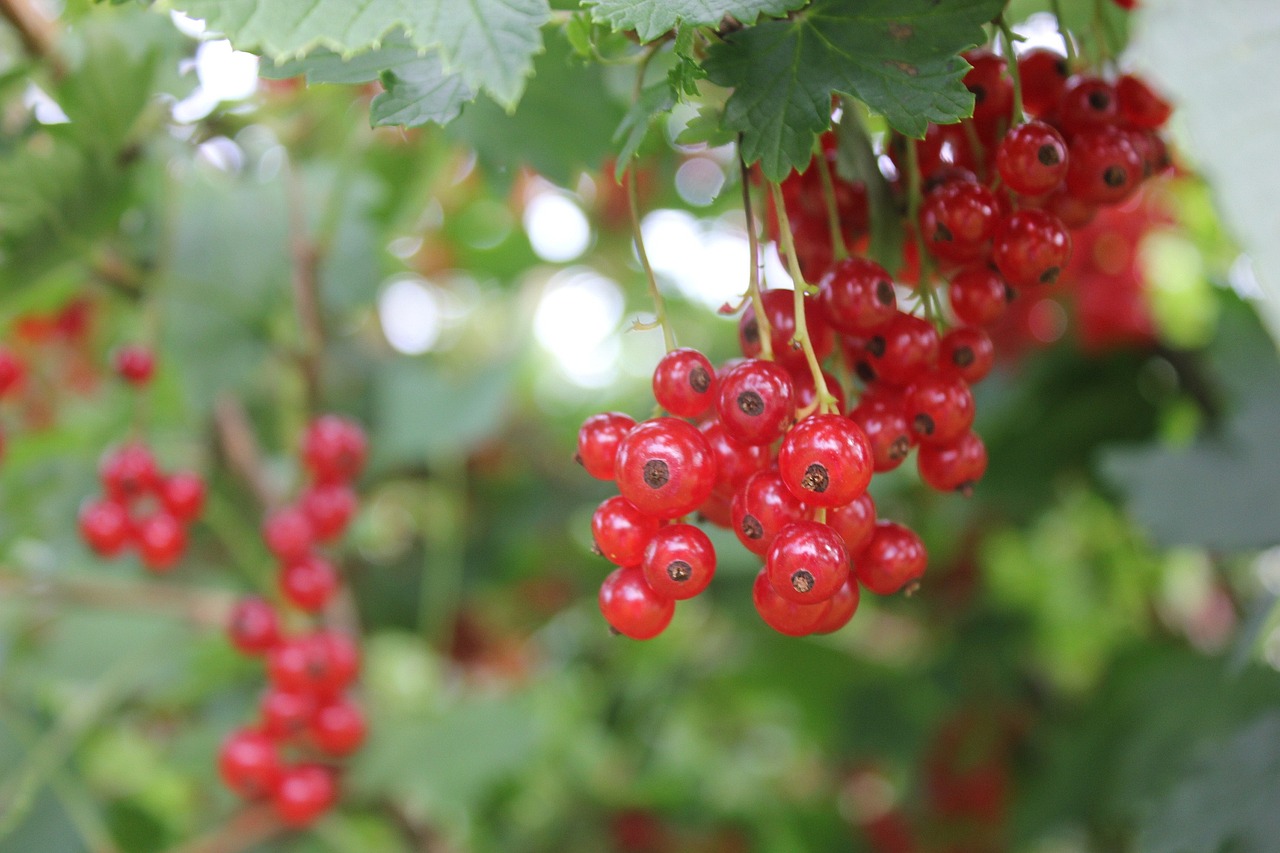
Life in ancient Egypt revolved around the annual flooding of the Nile, which significantly enhanced the fertility of the land. This fundamental relationship is reflected in the religious beliefs centered around the crocodile deity, Sobek. Although Sobek began as a local figure, his importance surged to new heights during the Middle Kingdom, impacting politics and…
-
Imhotep, known by the Greek name Imouthes and active around 2667-2600 BCE, is celebrated as an influential Egyptian polymath and the architect behind the iconic Step Pyramid of King Djoser at Saqqara. His name translates to “He Who Comes in Peace,” and he stands out as one of the few Egyptians, alongside Amenhotep, to have…
-
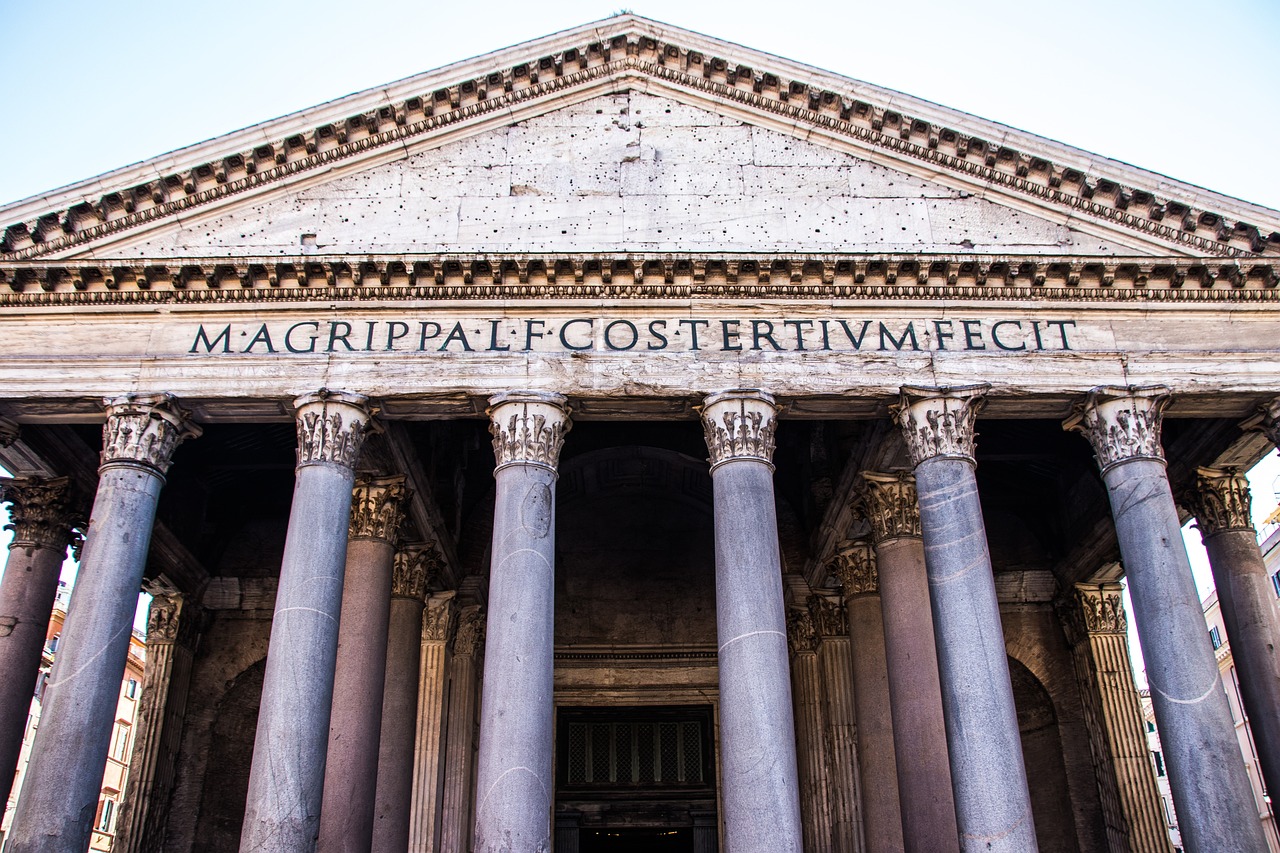
Understanding Ancient Egyptian Religion Ancient Egyptian religion encompasses the indigenous spiritual beliefs held in Egypt from the predynastic era, around the fourth millennium BCE, until the gradual decline of traditional practices in the early centuries CE. This religious framework was deeply embedded in the fabric of Egyptian society, particularly from around 3000 BCE onwards. While…


